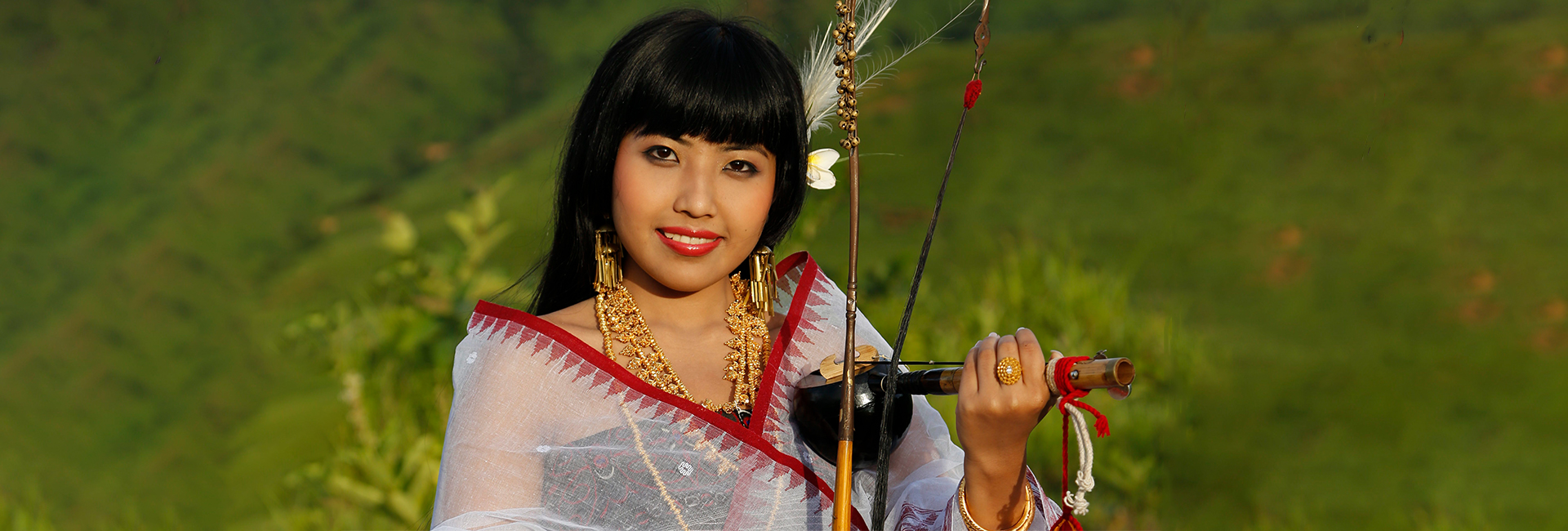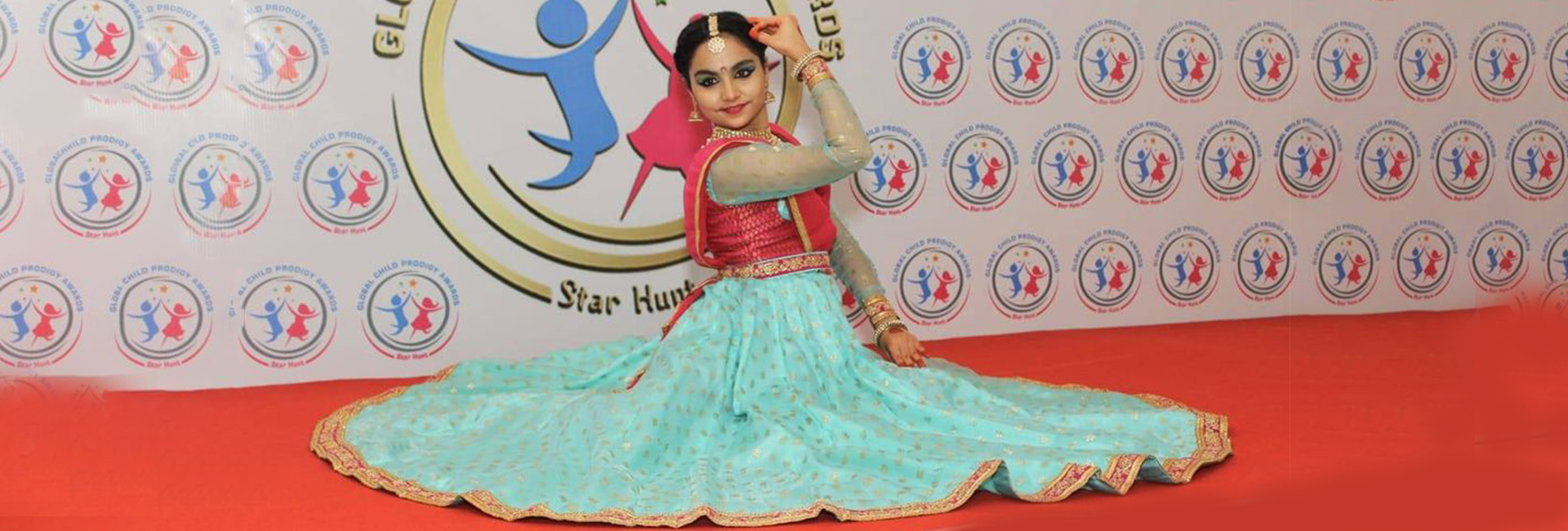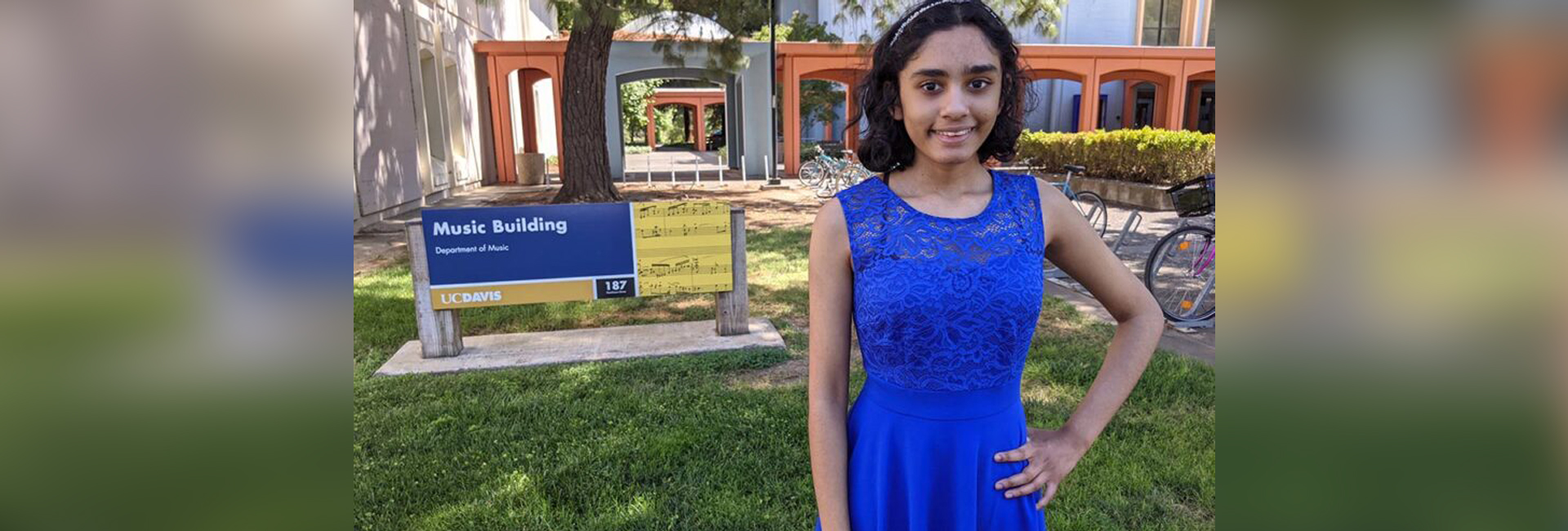(February 22, 2023) When Prakrithi Suresh was barely two years old, her parents were overjoyed to hear her humming the Carnatic song she had heard her father practice. Carnatic music had been in her family for generations, starting with her paternal grandfather. They were trained vocalists although none had pursued it as a career. Prakrithi’s hereditary inclinations were celebrated and encouraged by her parents and when she was three-and-a-half years old, she began her training.
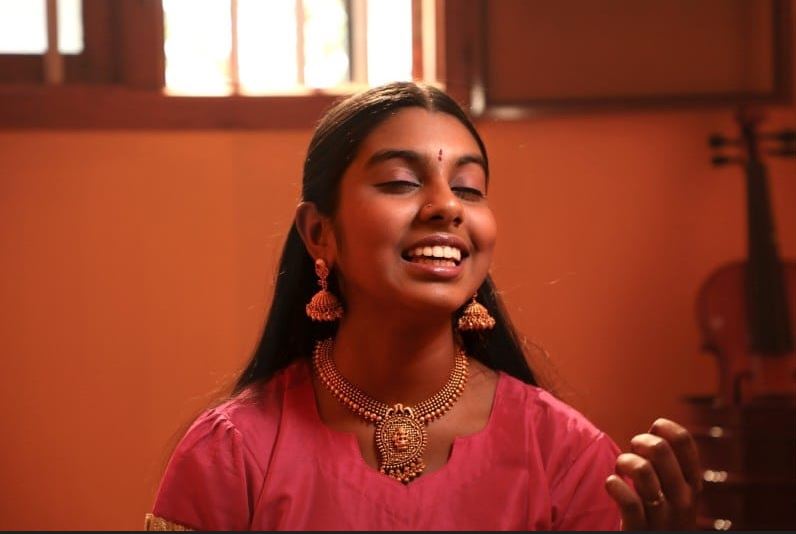
Prakrithi Suresh
Now fifteen, this Sharjah-based vocalist is a known face in UAE’s musical circuit, with many stage performances to her credit. Not only is she a gifted singer, she is also a talented Bharatanatyam dancer who has been training under the best gurus in UAE since she was four. While there are invitations for conferences and participation in music fests round the year, Prakrithi connects her gift of singing and dancing with spirituality. “I sing and dance just for the spiritual connection. My sole goal is to spread divinity, and to make everybody realise that it’s the ultimate supreme that all of us has to surrender to,” the young artist says in an interview with Global Indian.
“My parents have been very supportive and have never pressurised me about academics,” remarks Prakrithi, crediting them for her achievements so far.
Making a name
At the UAE’s national Margazhi fest 2019, Prakrithi bagged the overall champion award for excelling in all six categories of Carnatic vocal competitions. In 2020 she came second in an International Carnatic dance and music competition, which saw participation from around the world.


Prakrithi Suresh with childrens’ book author Elisabetta Dami
She has also received the Geronimo Stilton Foundation’s medallion from its founder, the childrens’ book author Elisabetta Dami, at the Sharjah International Book Fair, for upholding the legacy of Indian traditional art forms even while living abroad.
The musical journey
Having begun her Carnatic vocal training as a toddler, the teenager is grateful to have trained under some of the best gurus in India and the UAE. She started learning formally from her guru, Palakkad Rajesh Kesav, and went on to learn from Dr Amruta Sankaranarayanan, who is the daughter and disciple of Padma Bhusan, Sangeetha Kalanithi T V Sankaranarayanan.
The fifteen-year-old is now receiving advanced training from Dr Maithli Krishnan, professor of music, SRC College Trichy. As they are in different countries, the guru and shishya connect with each other online.
The talented disciple is also a teacher to two four-year-old pupils who have started learning Carnatic vocals from her.
The teen vocalist’s portfolio comprises an impressive collection of music videos on her YouTube channel. The aesthetically-shot videos have been shot by her musically-inclined engineer father.
“I do not have any motive of earning money from my performances, nor do I want to spend money on creating music videos and that’s why my father films them,” she says. Her innocent smile hides great maturity.
Prakrithi’s mother, who worked as a scientist before her daughter was born, has played a great role in evoking the sense of divinity in Carnatic vocal and Bharatanatyam for the teenager. “I am spiritually inclined and do not perform for fame,” she says, adding, “It’s my mother who tells me how I can do better if I am spiritually connected to my art.”
The path of Bharatanatyam
Whether it is Carnatic music or Bharatanatyam, Prakrithi finds tranquillity and peace in both. While Carnatic music is a way of seeking enlightenment, Bharatanatyam is sadhana for her.
“Bharatanatyam is like uniting the soul with the absolute soul,” she says, adding, “Coming from a spiritual country like India, where the realization of consciousness or spirit has been the supreme goal of life, it is no wonder that the oldest dance form of the country, Bharatanatyam is nothing but a form of Sadhana.”
Prakrithi had started basic training of the dance form in 2013 under her guru Sahadevan of Kalakshetra, Sharjah who is the discipline of Rukmini Devi Arundale. Currently she is honing her skills under guru Girish Kumar, the disciple of Kalamandalam Chandrika who is the disciple of the veteran actress Vaijayantimala.
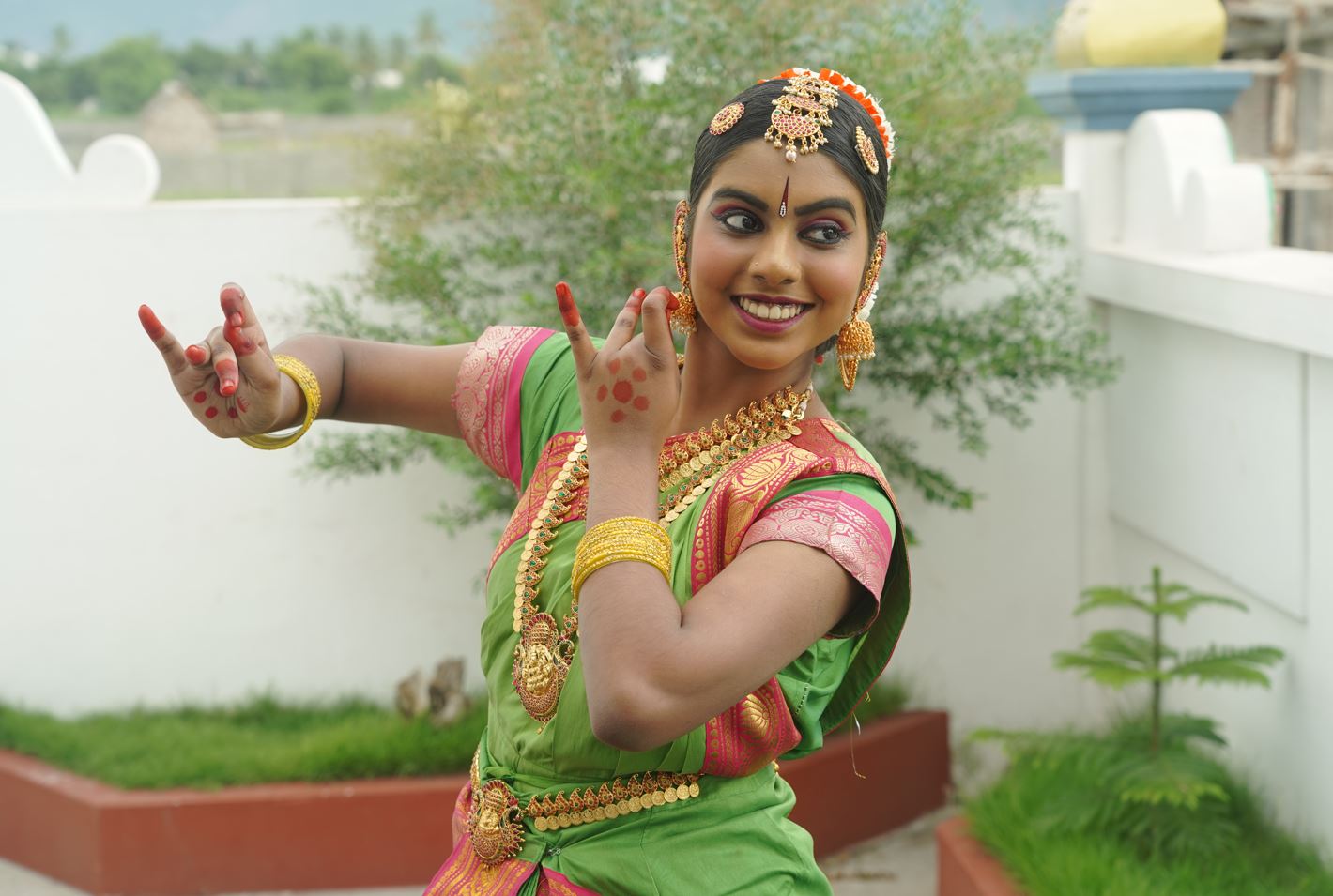

Apart from performing in various events in UAE and in functions organised by the Indian consulate of Dubai and Indian Association Sharjah; the youngster has performed in two Natyanjali’s in India as well.
On a different note…
A student of Sharjah’s Amity Private School, when Prakrithi is not busy studying or practicing, she can be found playing musical notes on her guitar or keyboard. “I have taught myself to sing English songs and play western instruments,” she shares.
Looking forward to soon start her high school, the artistic teenager has already decided her professional path. “I want to become a veterinary doctor, quite opposite to what people would think,” she smiles.


